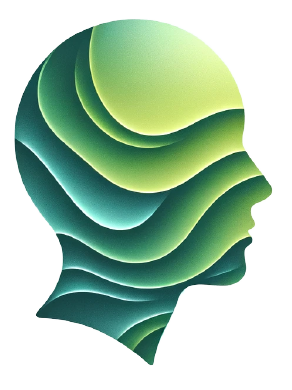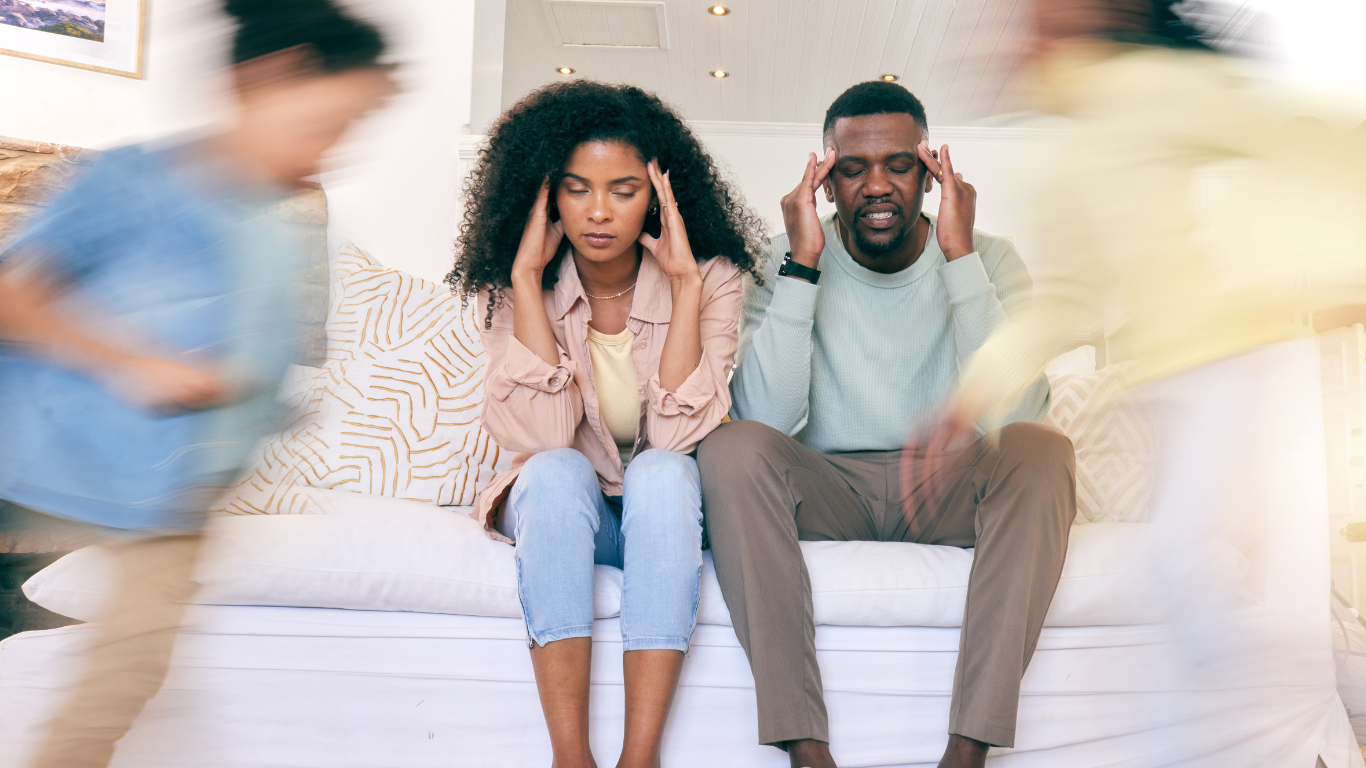Butterbur for Migraine: Prevention, effectiveness, and safety
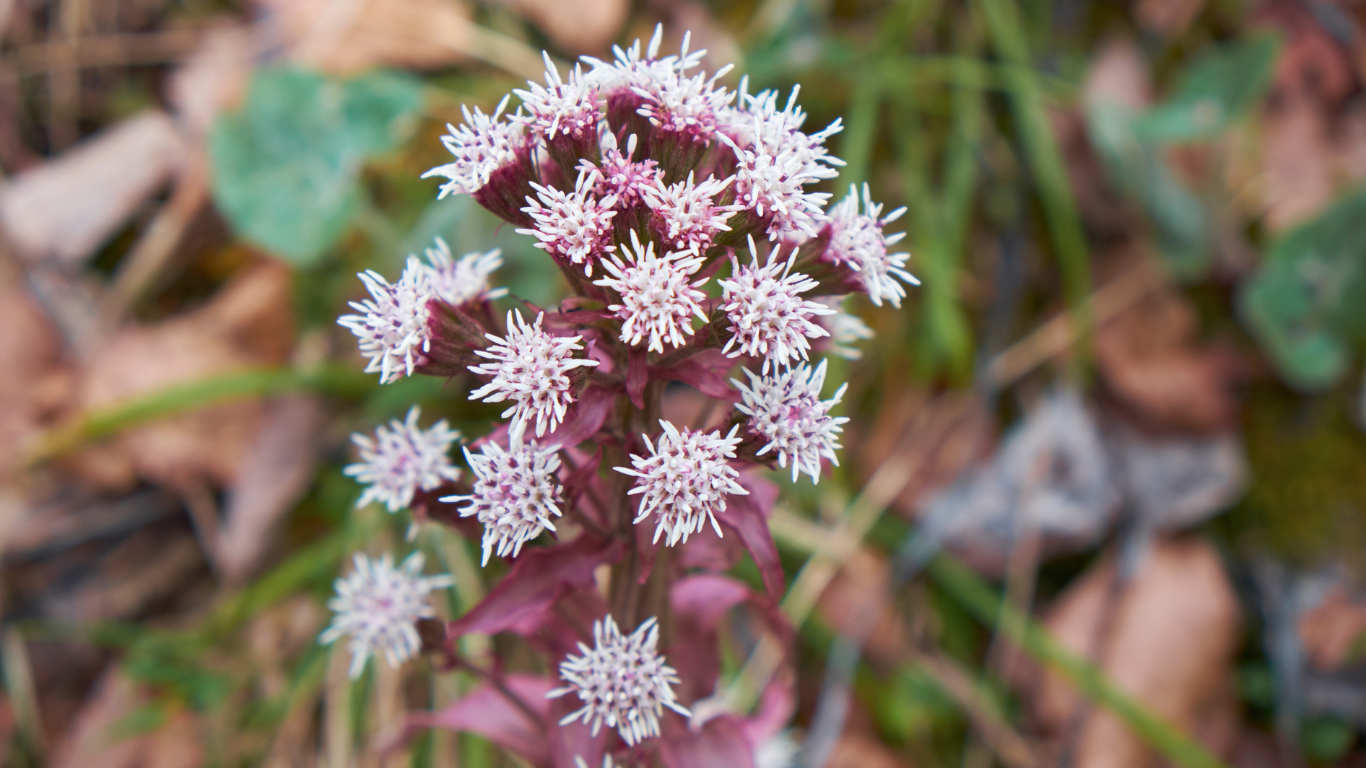

Do you suffer from migraines that interfere with daily life? Have you tried every medication and remedy under the sun with no success? While there are numerous pharmacological treatments available for migraine prevention and relief, many individuals seek alternative or complementary therapies to manage migraine symptoms. Butterbur is one of the most-studied and most-effective natural options. However, not all butterbur supplements are safe. Not all are effective. Here are the facts for making butterbur a trusted part of your migraine prevention strategy.
Key takeaways
- Use of butterbur for migraine prevention
- How butterbur works: effectiveness for migraine prevention
- Only PA-free butterbur supplements are effective—or safe
Butterbur for Migraine Prevention
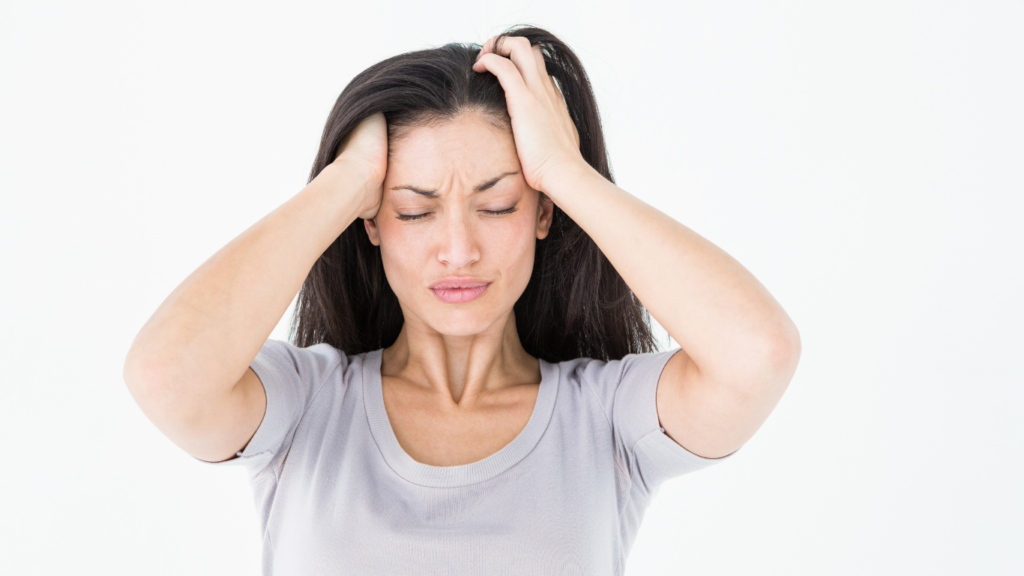
Butterbur (Petasites hybridus), is a perennial herb native to Europe, Asia, and North America. For centuries, it has been used in traditional medicine for various purposes, including the treatment of headaches and migraines.
The leaves and roots of the herb contain active compounds known as petasins, which have been found to have anti-inflammatory and vasodilatory effects. These properties make butterbur an attractive candidate for migraine prevention, as migraines are believed to involve inflammation and changes in blood vessel dilation.1
Butterbur safety: Migraine sufferers must use PA-free Supplements
Among herbal supplements, butterbur routinely ranks highest for reducing migraine frequency and severity. The challenge in using butterbur for migraine prevention, however, comes from the plant’s naturally occurring pyrrolizidine alkaloids (PAs). These toxins can be harmful, particularly to the liver. While PAs can be extracted from butterbur, it does not mean that all butterbur supplements on the market are free of PAs: some level of the toxins may remain. Sources such as the Canadian Health Service’s migraine guidelines caution that unless a butterbur product is labeled PA-free, it should be avoided. The Petadolex brand is a PA-free butterbur supplement widely available online and from health product retailers.
Because Petadolex® is certified to be free of any detectable levels of PAs, this unique extract is the only brand of butterbur used in medical research. This is also why doctors and neurologists have specifically recommended Petadolex to migraine patients for decades.
Petadolex butterbur extract has been extensively studied for its efficacy in migraine prevention. Petadolex is made by Weber & Weber GmbH & Co. KG, the German supplement maker who also produces Dolovent, a dietary supplement that is also respected for its potential benefit in migraine prevention. In manufacturing Petadolex, a proprietary and patented purification process is used to remove PAs beyond detection while retaining beneficial and high-quality petasins. Both the removal of PAs and the concentration of active ingredients is backed by third party inspections.
Butterbur and headache studies
- In a randomized controlled trial published in Neurology, Lipton et al. found that participants who used the purified extract of butterbur for herbal migraine relief extract experienced a significant reduction in the frequency of migraine attacks compared to those who took a placebo.2
- Similarly, another study published in Headache found that butterbur extract was effective in reducing the frequency and severity of migraine attacks.3
- A meta-analysis published in Phytotherapy Research examined the results of seven clinical trials involving a total of 293 migraine patients.4 The analysis compared the effectiveness of butterbur to the placebo, and found that with the herbal extract migraine attacks were significantly less frequent and severe.
- Another meta-analysis published in Headache included six randomized controlled trials and found that the herbal migraine relief offered by butterbur extract was effective in reducing the frequency of migraine attacks compared to placebo.5
To put these butterbur extract studies in context, it’s important to note that several other natural remedies have been studied for their potential efficacy in the treatment of migraines. These include:
- Feverfew: Feverfew is a flowering plant that has been used for centuries in traditional medicine to treat headaches, including migraines. Clinical trials have found this herbal migraine relief can reduce the frequency and severity of migraine attacks6 but is not as effective as butterbur for migraine prevention.
- Riboflavin (Vitamin B2): Riboflavin is a water-soluble vitamin that plays a crucial role in energy production. Several studies have found that riboflavin supplementation may help reduce the frequency and severity of migraine attacks.7
- Magnesium: Magnesium is an essential mineral that is involved in numerous biochemical reactions in the body. Research suggests that magnesium supplementation may help reduce the frequency and severity of migraine attacks, particularly in individuals with low magnesium levels.8
NOTE: Both riboflavin and magnesium are part of the Dolovent dietary blend. Dolovent and Petadolex may be used simultaneously.
Herbal migraine relief: butterbur’s effectiveness compares to new migraine-prevention drugs
It’s important to understand that migraines are a complex neurological condition with many possible triggers. However, one common trigger is inflammation that can cause blood vessels in the brain to constrict. This leads to the throbbing pain of a migraine. And this is where butterbur (PA-free supplement) can make a difference. In fact, for reducing migraine days, herbal migraine relief compares to the results seen in studies with newer migraine medications.
Butterbur-Migraine Mechanism
The active compounds in butterbur extract responsible for its therapeutic effects are known as petasins. Petasins have been found to have anti-inflammatory, vasodilatory, and analgesic properties.9 This makes butterbur extract for migraine prevention broadly effective.
Butterbur’s anti-inflammatory properties. Butterbur’s petasins are known to inhibit the production of inflammatory compounds called leukotrienes and prostaglandins and reduce the constriction of blood vessels in the brain10.
Butterbur’s soothing effect on the brain’s blood vessels. During a migraine attack, the blood vessels in the brain can become inflamed and constricted. Butterbur extract has been show to help dilate these blood vessels (the medical term is vasodilation). This improves blood flow in the brain which, in turn, can reduce the risk of experiencing a migraine attack.
Butterbur’s antispasmodic properties. In addition to petasins, butterbur contains natural compounds called sesquiterpenes. Sesquiterpenes can help relax the smooth muscle tissue in the body — including blood vessels in the brain— which can help prevent the constriction that leads to migraine.
Butterbur also helps protect brain cells from oxidative stress. During a migraine attack, the brain can experience oxidative stress. This can damage brain cells (neurodegeneration) and worsen migraine symptoms. However, the petasins in butterbur also act as powerful antioxidants, with butterbur promoting neurological health. Protecting the brain’s cells can help reduce the severity of a migraine attack.
Butterbur and neurological health benefits for migraine relief and Alzheimer’s and Parkinson’s. In addition to its benefits for migraine prevention, butterbur extract may also have other neurological health benefits. Studies have shown that petasins have antioxidant properties and may help protect against oxidative stress and neuroinflammation.11 Oxidative stress and neuroinflammation are also believed to play a role in the development of neurodegenerative diseases such as Alzheimer’s disease and Parkinson’s disease. Therefore, butterbur extract for migraine prevention may have potential applications in the prevention and treatment of these conditions.
Migraine prophylaxis: butterbur and doctor recommendations
Does butterbur extract belong in your migraine relief and prevention plan? Many healthcare professionals recommend certified PA-free butterbur (Petadolex) for frontline migraine prophylaxis. Their reasons include:
- Butterbur (PA-free supplement) has few drug interactions and only minor side effects (like burping) when used as directed and few drug interactions.
- Butterbur (PA-free supplement) is usually well tolerated.
- Butterbur (PA-free supplement) can generally be used by everyone from children to the elderly.
- Unlike migraine medications, using butterbur (PA-free supplement) does not lead to Medication Overuse Headache (MOH) syndrome.
- Petadolex specifically has well-documented effectiveness, labeling accuracy of active ingredients and a decades-long record of safe use by millions of migraine sufferers.
Butterbur Migraine Dosage
The appropriate dosage of butterbur for migraine prevention can vary depending on the specific product and formulation. However, most clinical trials have used doses of Petadolex ranging from 50 mg (for children) to 150 mg of butterbur extract taken twice daily.
Once you have talked with your healthcare provider, it’s easy and convenient to incorporate butterbur for migraine prevention. Simply follow the recommended butterbur migraine dosage and take the supplement with a meal to help maximize absorption.
Conclusion
Butterbur herbal extract for migraine is a natural remedy that has shown promise in the prevention and treatment of migraine headaches. The herb’s anti-inflammatory, vasodilatory, and analgesic properties make it an effective option for reducing the frequency and severity of migraine attacks—without the potentially serious side effects that come with migraine-prevention medications.
However, it is essential to use caution when buying butterbur extract, as raw butterbur contains pyrrolizidine alkaloids (PAs), which can be toxic to the liver. To ensure butterbur safety, migraine sufferers must use only PA-free butterbur supplements. Remember, it is not enough to simply “remove” PAs: look for butterbur supplements that remove PAs beyond any level of detection and are certified PA-free by reputable third-party organizations.
Sources
- Shams, R., Amirzargar, A., Kamali-Sarvestani, E., Ghaffari, J., & Ariaee, N. (2011). Evaluation of pro-inflammatory cytokines in menstrual migraine. Journal of Neuroinflammation, 8(1), 1-6.
- Lipton, R. B., Göbel, H., Einhäupl, K. M., Wilks, K., & Mauskop, A. (2004). Petasites hybridus root (butterbur) is an effective preventive treatment for migraine. Neurology, 63(12), 2240-2244.
- Pothmann, R., Danesch, U., & Gwilt, M. (2005). Petasites hybridus root (butterbur)–is an effective preventive treatment for migraine? Headache: The Journal of Head and Face Pain, 45(6), 486-486.
- Linde, K., Rossnagel, K., Propr, A., & Melchart, D. (2004). Feverfew for preventing migraine. Cochrane Database of Systematic Reviews, (1).
- Pittler, M. H., & Ernst, E. (2004). Feverfew for preventing migraine. Cochrane Database of Systematic Reviews, (1).
- Maizels, M., Blumenfeld, A., & Burchette, R. (2004). A combination of riboflavin, magnesium, and feverfew for migraine prophylaxis: a randomized trial. Headache: The Journal of Head and Face Pain, 44(9), 885-890.
- Gaul, C., Diener, H. C., Danesch, U., & Peil, H. (2015). Treatment of migraine attacks and prevention of migraine: Guidelines by the German Migraine and Headache Society and the German Society of Neurology. Clinical & Translational Neuroscience, 2015(3), 263-277.
- Holland, S., Silberstein, S. D., Freitag, F., Dodick, D. W., Argoff, C., Ashman, E., … & Group, A. S. P. P. (2012). Evidence-based guideline update: NSAIDs and other complementary treatments for episodic migraine prevention in adults: Report of the Quality Standards Subcommittee of the American Academy of Neurology and the American Headache Society. Neurology, 78(17), 1346-1353.
- Lipton, R. B., Göbel, H., Einhäupl, K. M., Wilks, K., & Mauskop, A. (2004). Petasites hybridus root (butterbur) is an effective preventive treatment for migraine. Neurology, 63(12), 2240-2244.
- Holland, S., Silberstein, S. D., Freitag, F., Dodick, D. W., Argoff, C., Ashman, E., … & Group, A. S. P. P. (2012). Evidence-based guideline update: NSAIDs and other complementary treatments for episodic migraine prevention in adults: Report of the Quality Standards Subcommittee of the American Academy of Neurology and the American Headache Society. Neurology, 78(17), 1346-1353.
- Shams, R., Amirzargar, A., Kamali-Sarvestani, E., Ghaffari, J., & Ariaee, N. (2011). Evaluation of pro-inflammatory cytokines in menstrual migraine. Journal of Neuroinflammation, 8(1), 1-6.

Natural Remedies
2 Aug 2024
5 min read
Can weather cause migraine headaches? A forecast for fewer headache days
For centuries, individuals afflicted with migraines have reported a curious phenomenon: their headaches seem to wax and wane with changes in the weather. From the onset of a storm, to shifts in temperature, humidity or barometric pressure, the connection between migraine and weather has long captured the attention of scientists and sufferers alike. In this […]
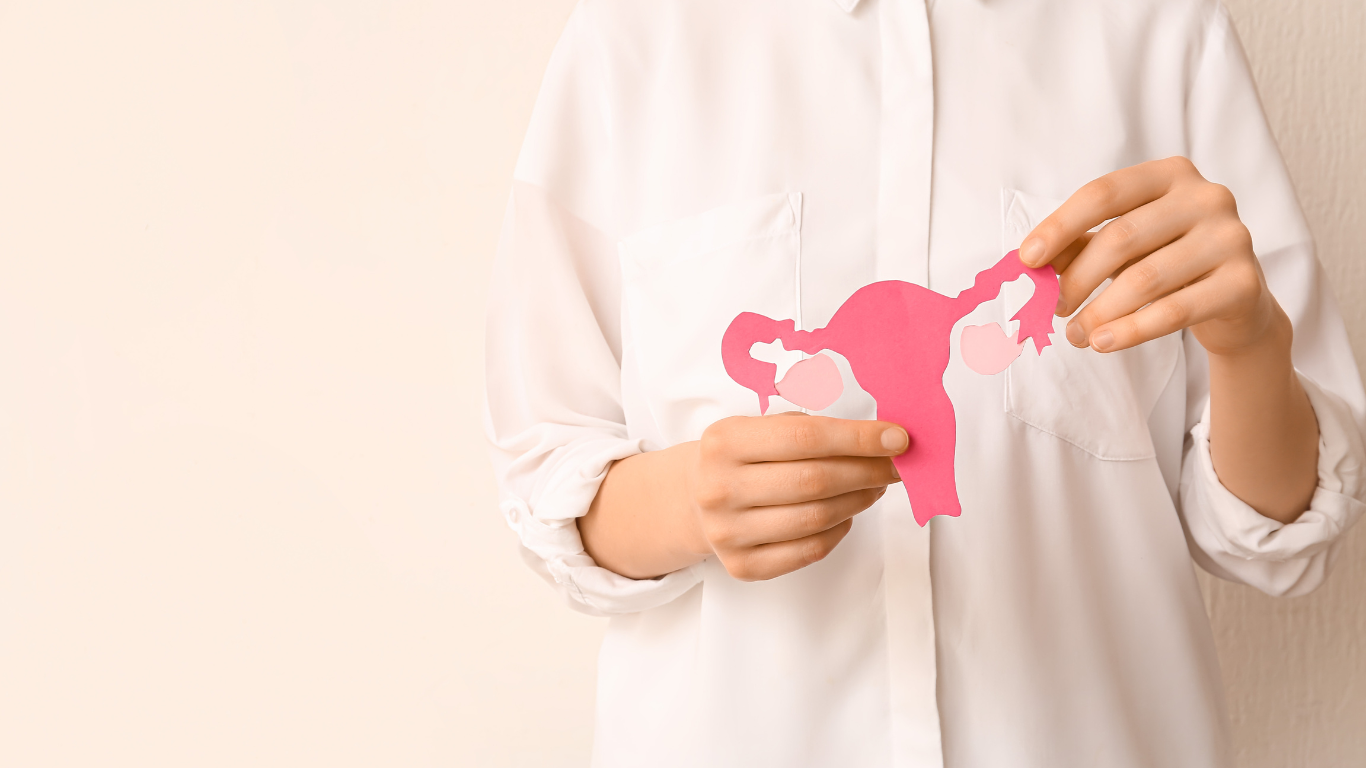
Alternative Therapies
2 Aug 2024
7 min read
Understanding the Complex Relationship Between Migraine and Hormones
Among Americans, 17.1% of women and 5.6% of men suffer migraines.1 Both genders often experience a link between their migraines and hormone shifts. A growing body of research suggests that both male and female sex hormones could influence the course of tension-type and migraine headaches. What hormones are involved and how can these hormone migraines be managed? […]
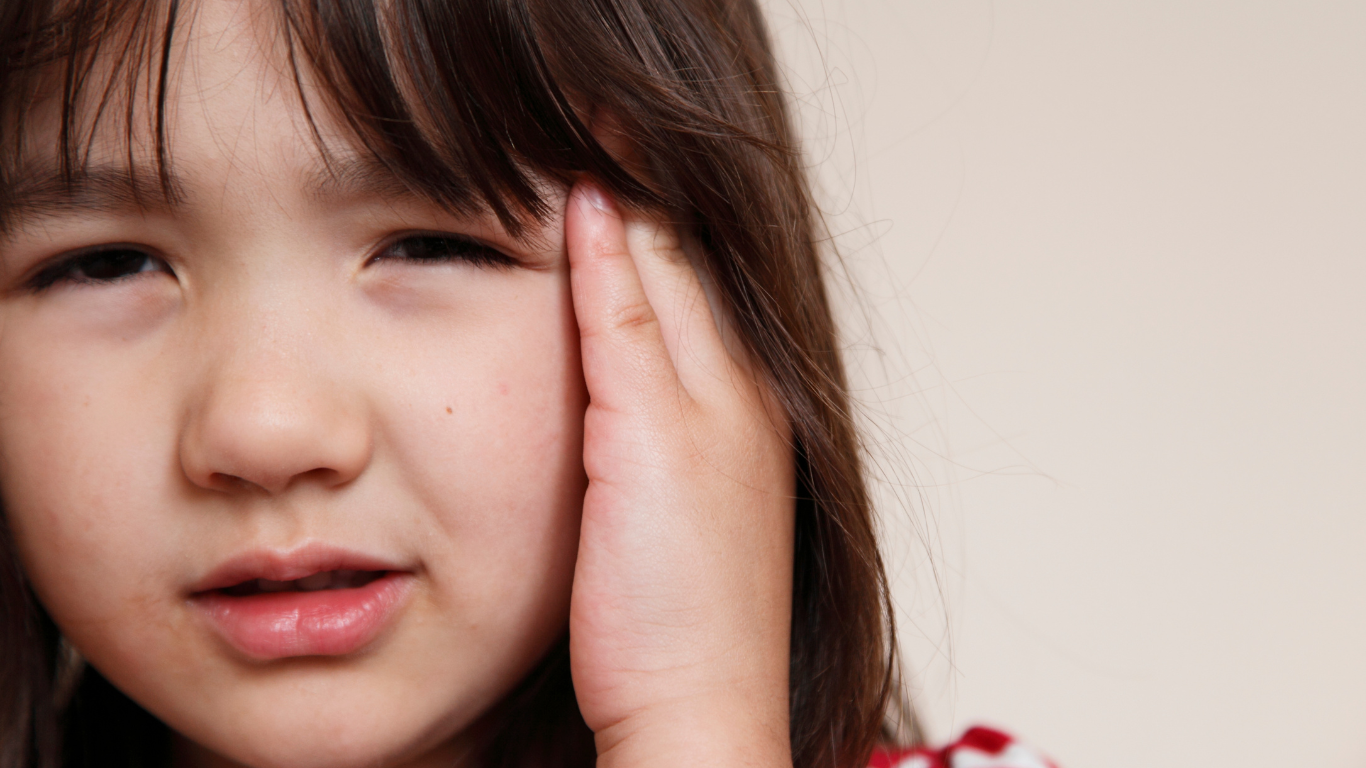
Alternative Therapies
2 Aug 2024
9 min read
Understanding Migraines in Children: Symptoms, Impact and Treatments
Migraines are often perceived as an adult ailment, but migraines in children do occur. In fact, about 1 in 10 children experience recurrent headaches due to migraine. Symptoms of up to 18% of patients in the pediatric emergency room are found to be migraine-related.1 However, childhood and adolescent migraines look different than adult migraine — […]

